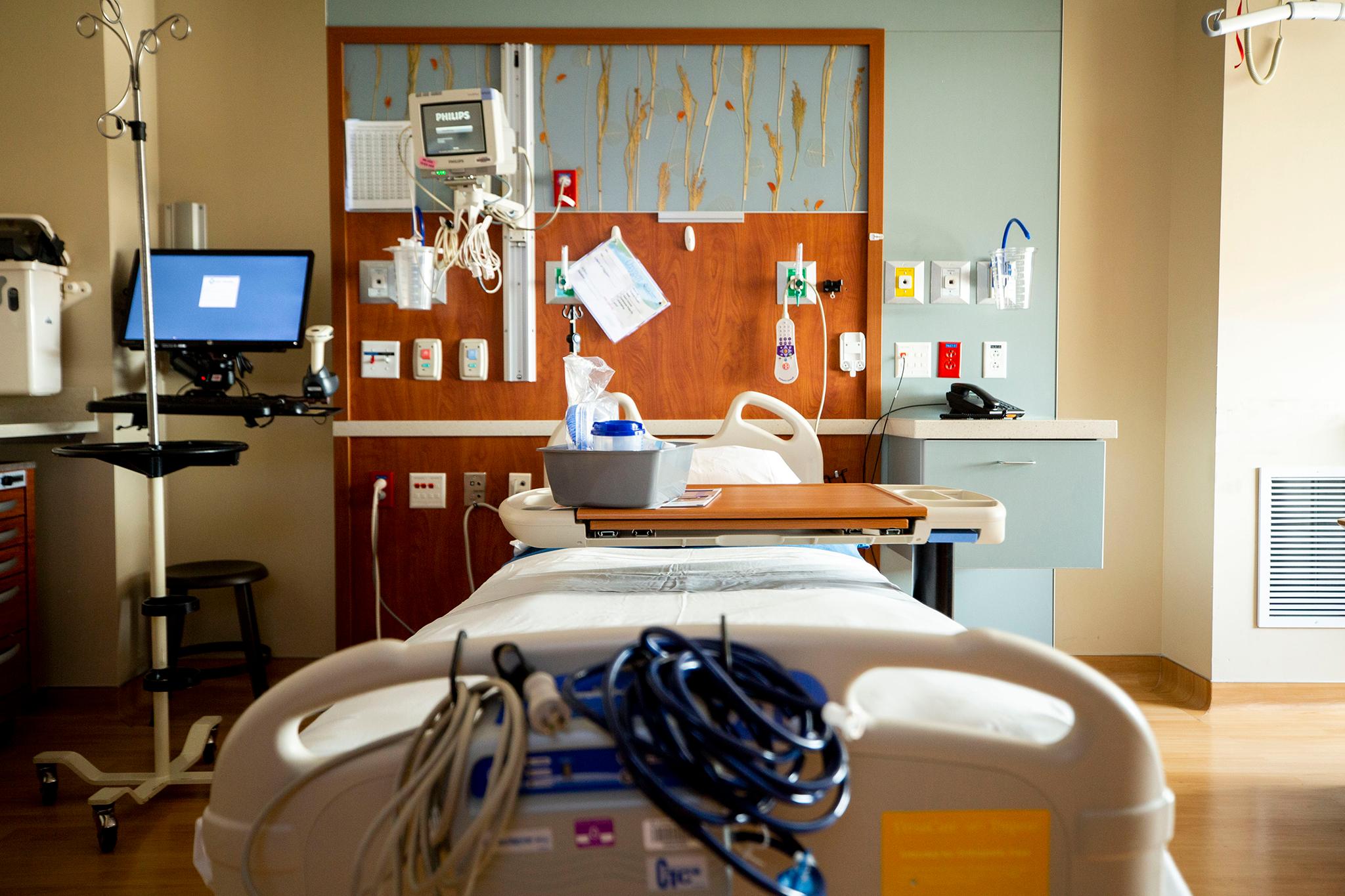
COVID-19 patients in Colorado are less likely to go on a ventilator and spend less time on one than they did at the start of the pandemic, according to new data from Colorado’s hospitals.
Another analysis found profound impacts on the number of people seeking medical care, including a longer dropoff in doctor visits than initially hoped for.
The use of ventilators for all hospitalized Colorado COVID-19 patients dropped from nearly 30 percent in March to 11 percent in July.
The report from the Colorado Hospital Association found a variety of factors may have played a role. They include improved patient management, faster sharing of knowledge and best practices, and new therapies like antivirals and convalescent plasma.
The data will now be critical information to help future surge planning for potential waves. Worries over a surge have grown as the percent of positive tests ticked over 5 percent and hospitalizations climbed this fall.
“We can now more effectively care for these patients,” said CHA spokeswoman Julia Lonborg.
About two-thirds of all COVID-19 patients were discharged to their homes. Roughly 18 percent were discharged to another facility, like skilled nursing or acute rehab; 13.5 percent died in the hospital. For those older than 60, 22 percent died; 8 percent of the 50-59 age group died. Those 30 to 49 accounted for just 3 percent of deaths; those younger than 30 represented 1 percent.
The average length of stay for patients dropped over time, whether they were on a ventilator or not. Overall, the length of stay for a COVID-19 patient dropped from almost 12 days to about 7 and a half.
The study found ventilator use was higher in older patients. Patients needing that intervention had higher mortality, longer lengths of stay and lower rates of being discharged to home.
The statewide admission data came from more than 6,300 confirmed COVID-19 patients admitted between March 1 and July 31. The month with the most hospitalizations by far was April; that month nearly 1,300 people older than 60 were admitted. Five big systems accounted for the vast majority of cases: UCHealth, HealthOne, SCL Health, Centura and Denver Health.
Hospitals saw dramatic drops of patient visits after COVID-19 hit Colorado. Compared to last year, outpatient visits were down 20 percent. Emergency department visits dropped 25 percent and ambulatory surgeries declined 27 percent.
Lonborg said federal relief funds in the hundreds of millions of dollars likely saved some hospitals from closure.
“We believe most of our hospitals are in better shape than we thought they would be when this first started and the funds came quickly and we're grateful for that,” she said. “We didn't have anybody who had to shut their doors, which was a good thing.”
She warns the financial hit is expected to continue for a lot longer than initially thought.
“We thought the impact financially would have been lessened by now,” she said. “The prolonged impact will actually be more dollars than we thought, but it's over a longer period of time.”









